Species currently on the verge of extinction
Climate change and human development are threatening to leave some of the planet's wildlife behind

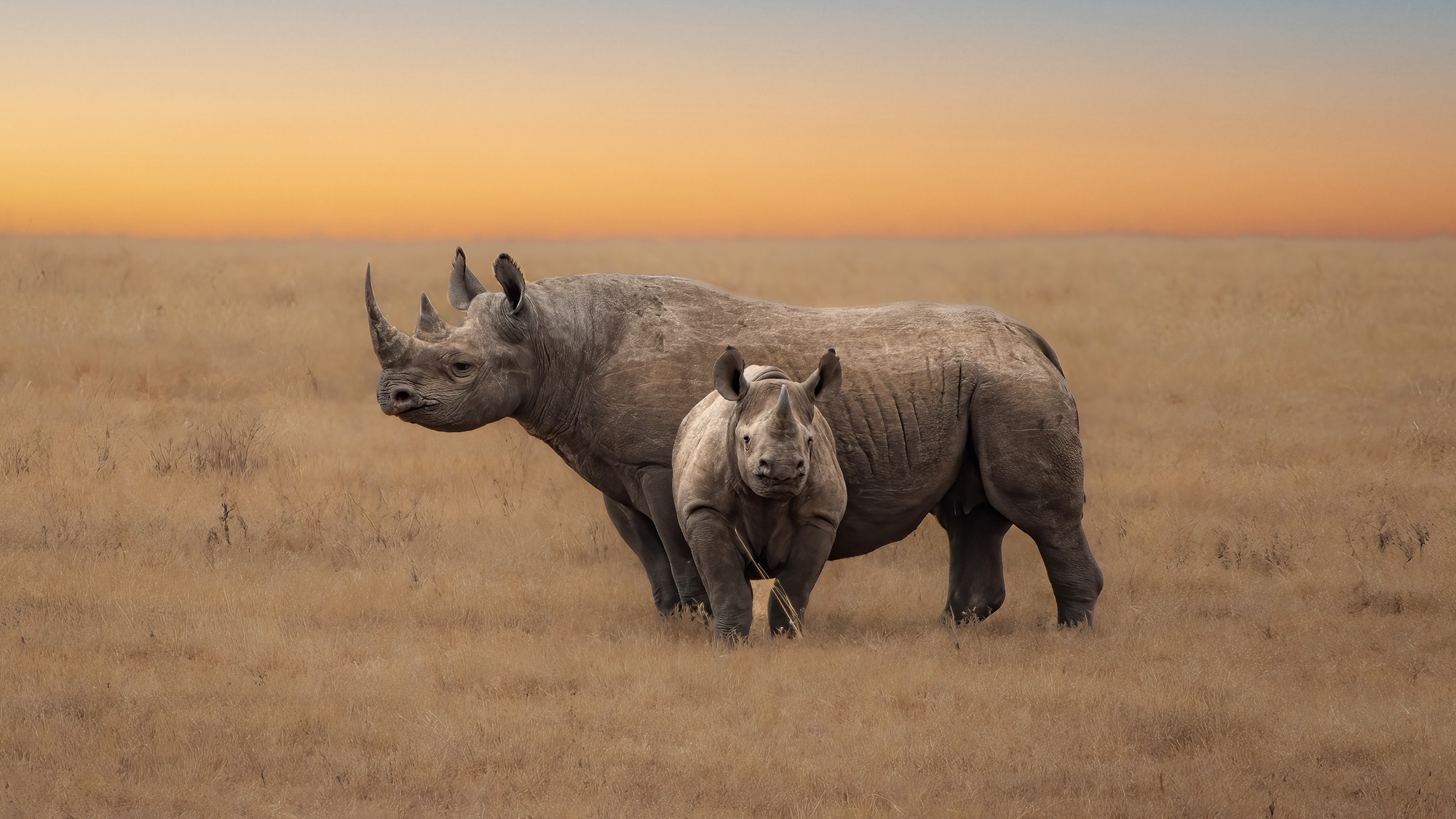
The world is undergoing its sixth mass extinction and a number of species are at risk. If climate change isn't appropriately addressed, some wildlife could be forever lost. Here's a look at some of the species on the chopping block.
Rafflesia
The rafflesia species is the largest flower on the planet and is native to Southeast Asia. The parasitic plants are sometimes called "corpse flowers" because of their pungent odor that's used to attract pollinators. A study co-authored by botanists from the University of Oxford's Botanic Garden and the University of Philippines Los Baños detailed that 60% of the known species of the plant are at a "severe risk of extinction."
That said, only one species is listed on the International Union for Conservation of Nature's (IUCN) Red List, which tracks the global conservation statuses of species. "Plants are the foundation for the habitats in which animals thrive," Dr. Chris Thorogood, co-author of the study and the Oxford Botanic Garden’s deputy science head, told ABC News. "The threat faced by Rafflesia is an important reminder that it's not just animals that are in peril," he said, adding that his hope is that the "world's largest flowers will be a powerful new icon for plant conservation."
The Week
Escape your echo chamber. Get the facts behind the news, plus analysis from multiple perspectives.

Sign up for The Week's Free Newsletters
From our morning news briefing to a weekly Good News Newsletter, get the best of The Week delivered directly to your inbox.
From our morning news briefing to a weekly Good News Newsletter, get the best of The Week delivered directly to your inbox.
Jaguars
Jaguars, especially those in the Amazon rainforest, have been facing difficulties due to climate change and human development. The animals require large areas of land to survive, but deforestation, wildfires and illegal poaching have resulted in habitat loss. The species is currently listed as near-threatened as its numbers have begun to decline.
"As jaguars prefer dense, undisturbed forests away from human settlements and roads, the amount of suitable habitat is in steep decline," explained Global Conservation. "It is estimated that they have been extirpated from around 55% of their historical range."
Rhinos
Rhinos have been an endangered species since the 20th century. The subspecies of Black rhinos, Javan rhinos, Northern white rhinos, and Sumatran rhinos are all critically endangered. This is largely due to high levels of poaching as well as climate change. During the 20th century, there were approximately 500,000 rhinos in Asia and Africa. At the end of 2022, however, there were approximately 27,000 in total. The Javan and Sumatran species of rhino are the most endangered, with under 100 left of each, according to the International Rhino Foundation.
The good news is that these numbers are beginning to slowly crawl up after years of stagnation. "With this good news, we can take a sigh of relief for the first time in a decade," Dr. Michael Knight, chair of the International Union for Conservation of Nature's rhino group, told The Guardian. The increase is largely due to conservation efforts dedicated to creating new rhino communities.
A free daily email with the biggest news stories of the day – and the best features from TheWeek.com
Orangutans
All three species of orangutans are listed as endangered, largely due to habitat loss. The population of Bornean orangutans has decreased "more than 50% over the past 60 years, and their habitat has declined by over 80% in the past 20 years," according to the Smithsonian's National Zoo and Conservation Biology Institute. Approximately 13,800 and 800 Sumatran and Tapanuli orangutans remain, respectively.
The decline can be attributed to the "unsustainable practice of timber extraction in Indonesia and Malaysia," as well as "the illegal pet trade … in Southeast Asia," a region where baby orangutans make popular companions, the Smithsonian added. The animals are also being impacted by wildfire smoke, which is causing them to "move around less to conserve energy," and "take on the equivalent of a human smoker's hack," said Wendy Erb, a postdoctoral associate at the Cornell Lab of Ornithology, per Phys.org.
Baobab trees
The African baobab tree, often identified by "a tangle of scraggly branches [that] extends from the tree's top like electrocuted hair," has suffered due to warming temperatures, per National Geographic. The trees are also a keystone species, meaning they're integral to their ecosystem and their loss can alter the whole environment.
Of the baobab trees, the Adansonia perrieri is at the highest risk of extinction; only about 200 trees remain. The species is threatened by both heat and deforestation. However, scientists are assessing whether the tree is capable of adapting to the changing climate. "We make sure we're collecting seeds for reforestation under dramatic climate changes," Nisa Karimi, botanist and evolutionary biologist at the University of Wisconsin-Madison, told National Geographic.
Devika Rao has worked as a staff writer at The Week since 2022, covering science, the environment, climate and business. She previously worked as a policy associate for a nonprofit organization advocating for environmental action from a business perspective.
-
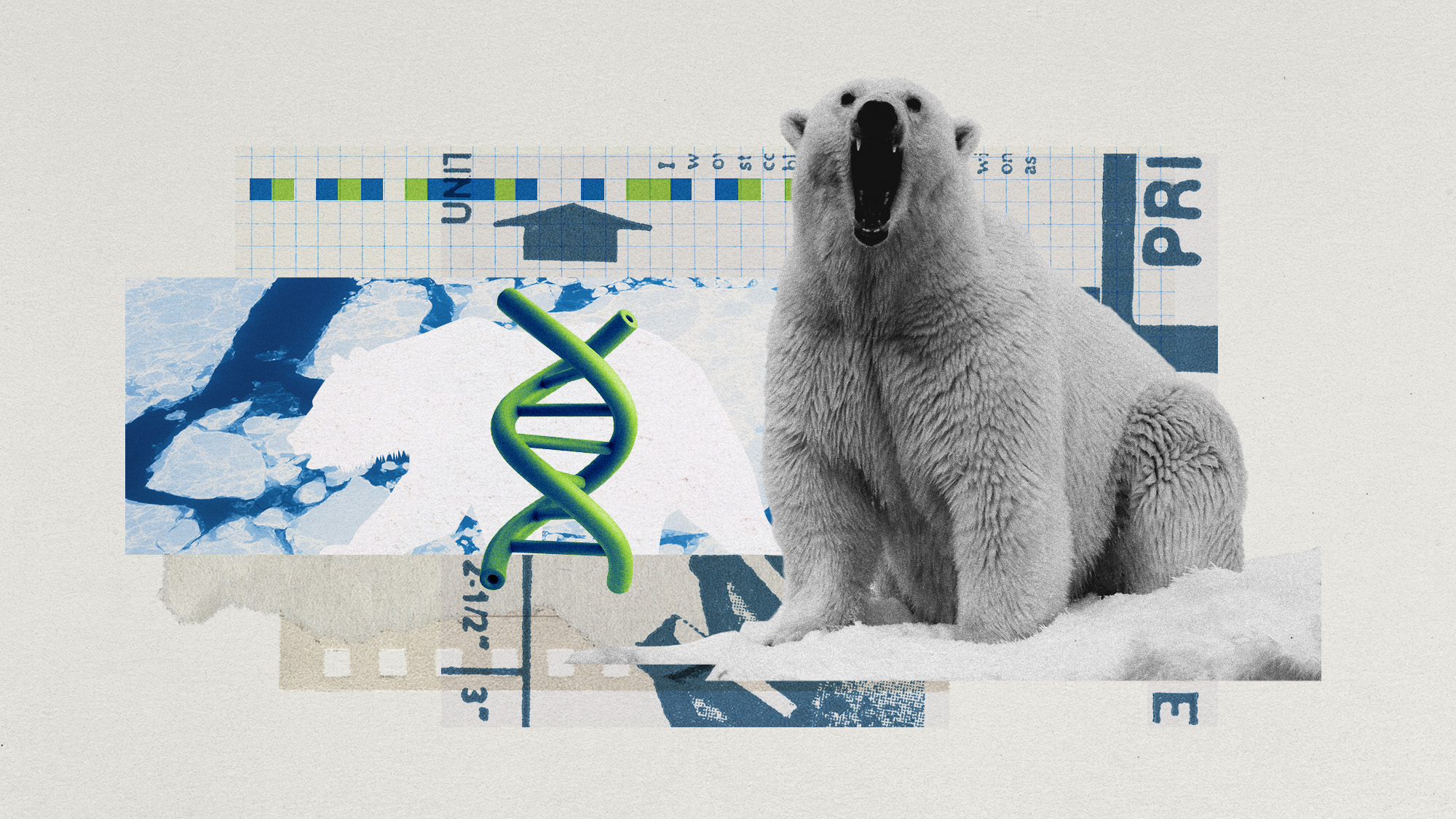 ‘Jumping genes': How polar bears are rewiring their DNA to survive the warming Arctic
‘Jumping genes': How polar bears are rewiring their DNA to survive the warming ArcticUnder the radar The species is adapting to warmer temperatures
-
 January’s books feature a revisioned classic, a homeschooler's memoir and a provocative thriller dramedy
January’s books feature a revisioned classic, a homeschooler's memoir and a provocative thriller dramedyThe Week Recommends This month’s new releases include ‘Call Me Ishmaelle’ by Xiaolu Guo, ‘Homeschooled: A Memoir’ by Stefan Merrill Block, ‘Anatomy of an Alibi’ by Ashley Elston and ‘Half His Age’ by Jennette McCurdy
-
 Venezuela’s Trump-shaped power vacuum
Venezuela’s Trump-shaped power vacuumIN THE SPOTLIGHT The American abduction of Venezuelan President Nicolás Maduro has thrust South America’s biggest oil-producing state into uncharted geopolitical waters
-
 ‘Jumping genes’: how polar bears are rewiring their DNA to survive the warming Arctic
‘Jumping genes’: how polar bears are rewiring their DNA to survive the warming ArcticUnder the radar The species is adapting to warmer temperatures
-
 Environment breakthroughs of 2025
Environment breakthroughs of 2025In Depth Progress was made this year on carbon dioxide tracking, food waste upcycling, sodium batteries, microplastic monitoring and green concrete
-
 Crest falling: Mount Rainier and 4 other mountains are losing height
Crest falling: Mount Rainier and 4 other mountains are losing heightUnder the radar Its peak elevation is approximately 20 feet lower than it once was
-
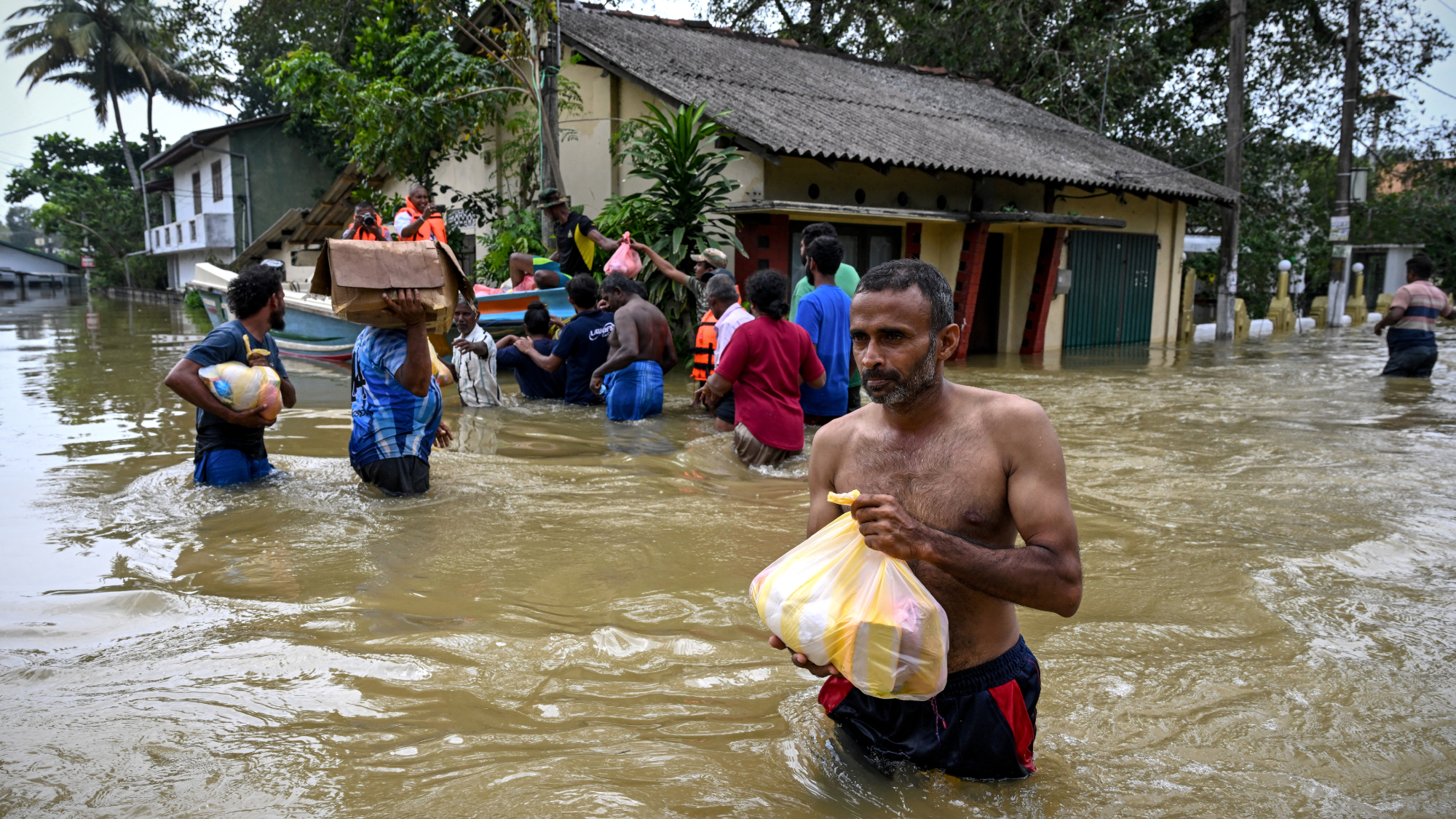 Death toll from Southeast Asia storms tops 1,000
Death toll from Southeast Asia storms tops 1,000speed read Catastrophic floods and landslides have struck Sri Lanka, Indonesia, Thailand and Malaysia
-
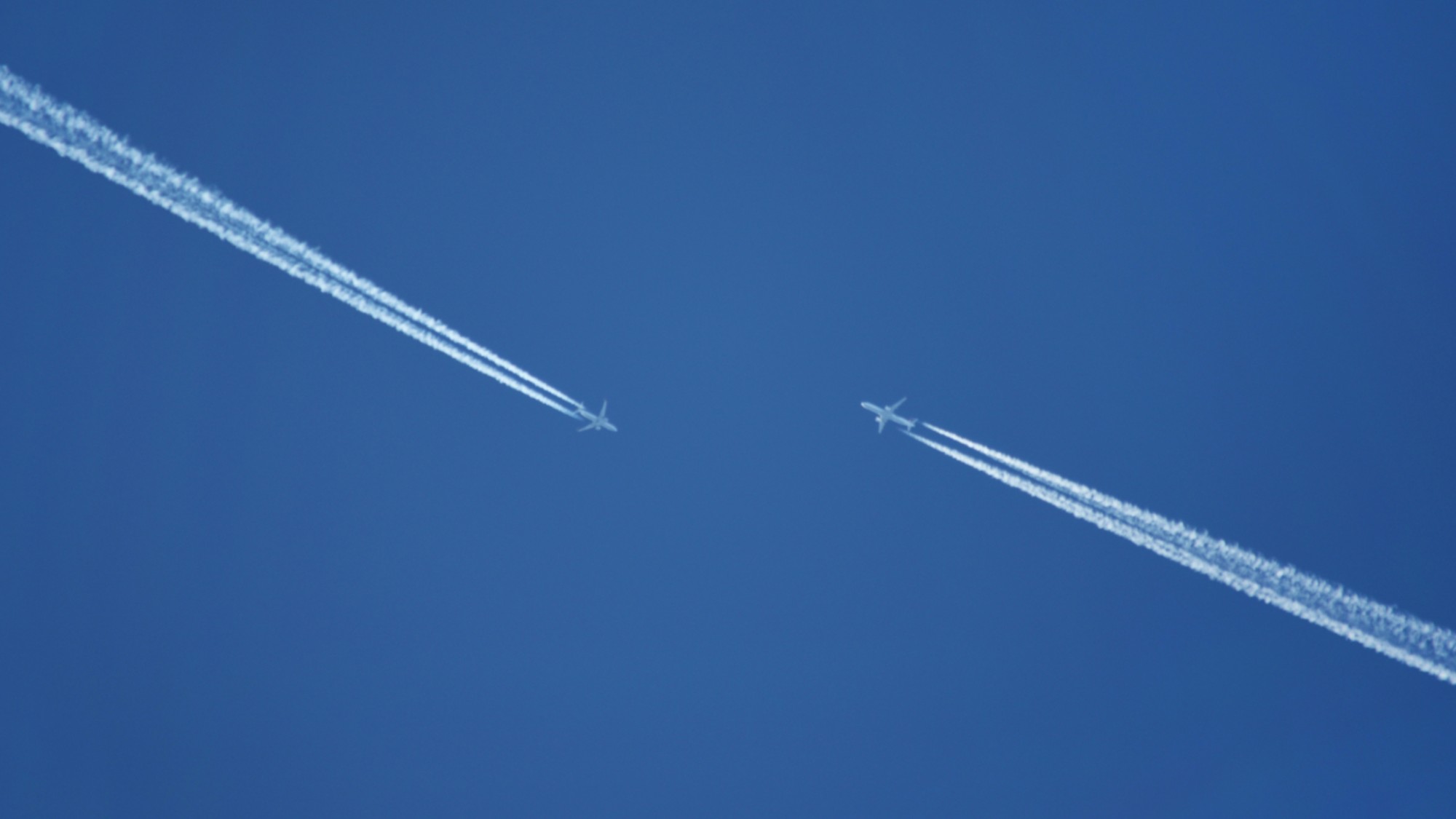 Can for-profit geoengineering put a pause on climate change?
Can for-profit geoengineering put a pause on climate change?In the Spotlight Stardust Solutions wants to dim the sun. Scientists are worried.
-
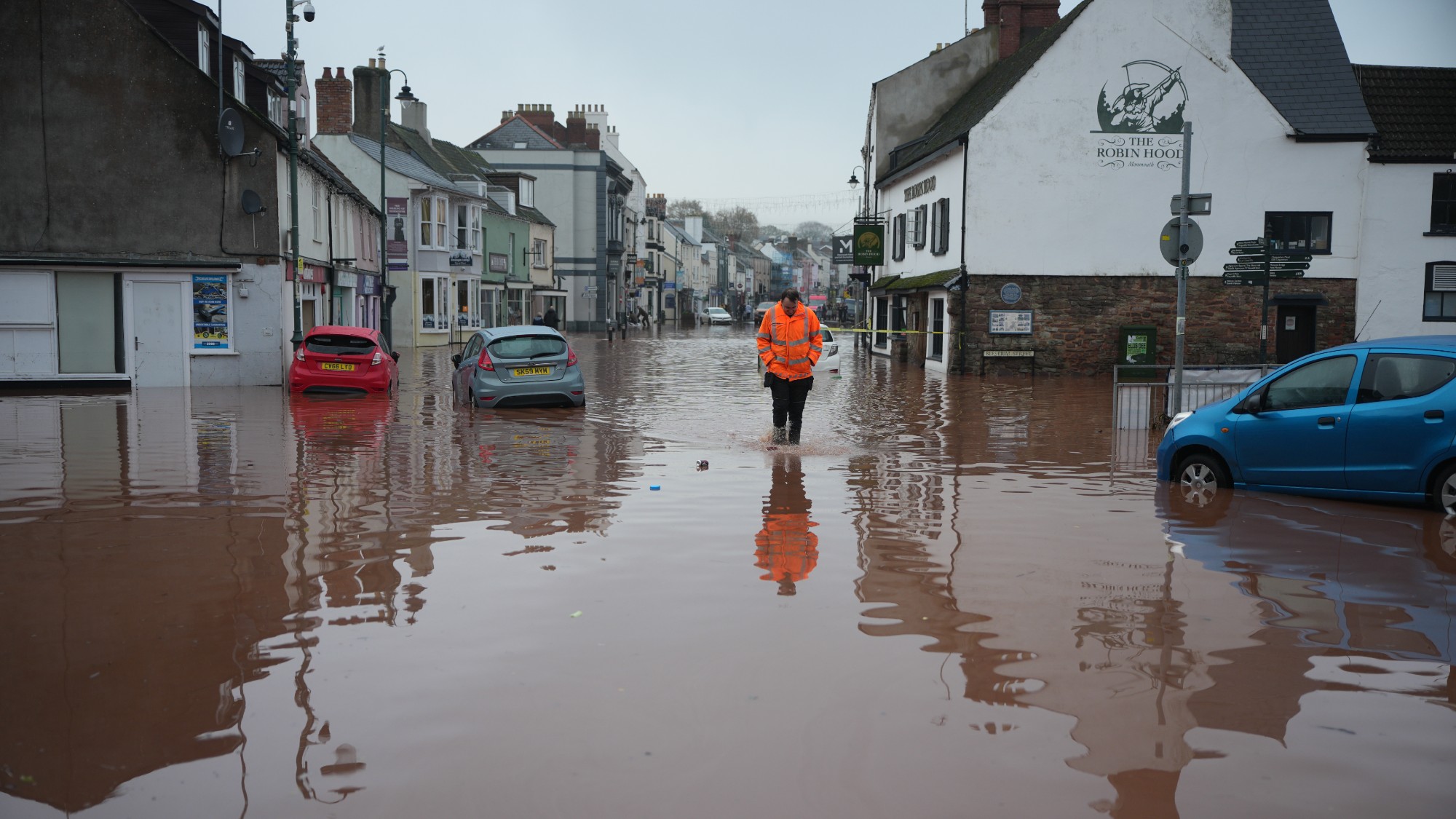 How will climate change affect the UK?
How will climate change affect the UK?The Explainer Met Office projections show the UK getting substantially warmer and wetter – with more extreme weather events
-
 Can the UK do more on climate change?
Can the UK do more on climate change?Today's Big Question Labour has shown leadership in the face of fraying international consensus, but must show the public their green mission is ‘a net benefit, not a net cost’
-
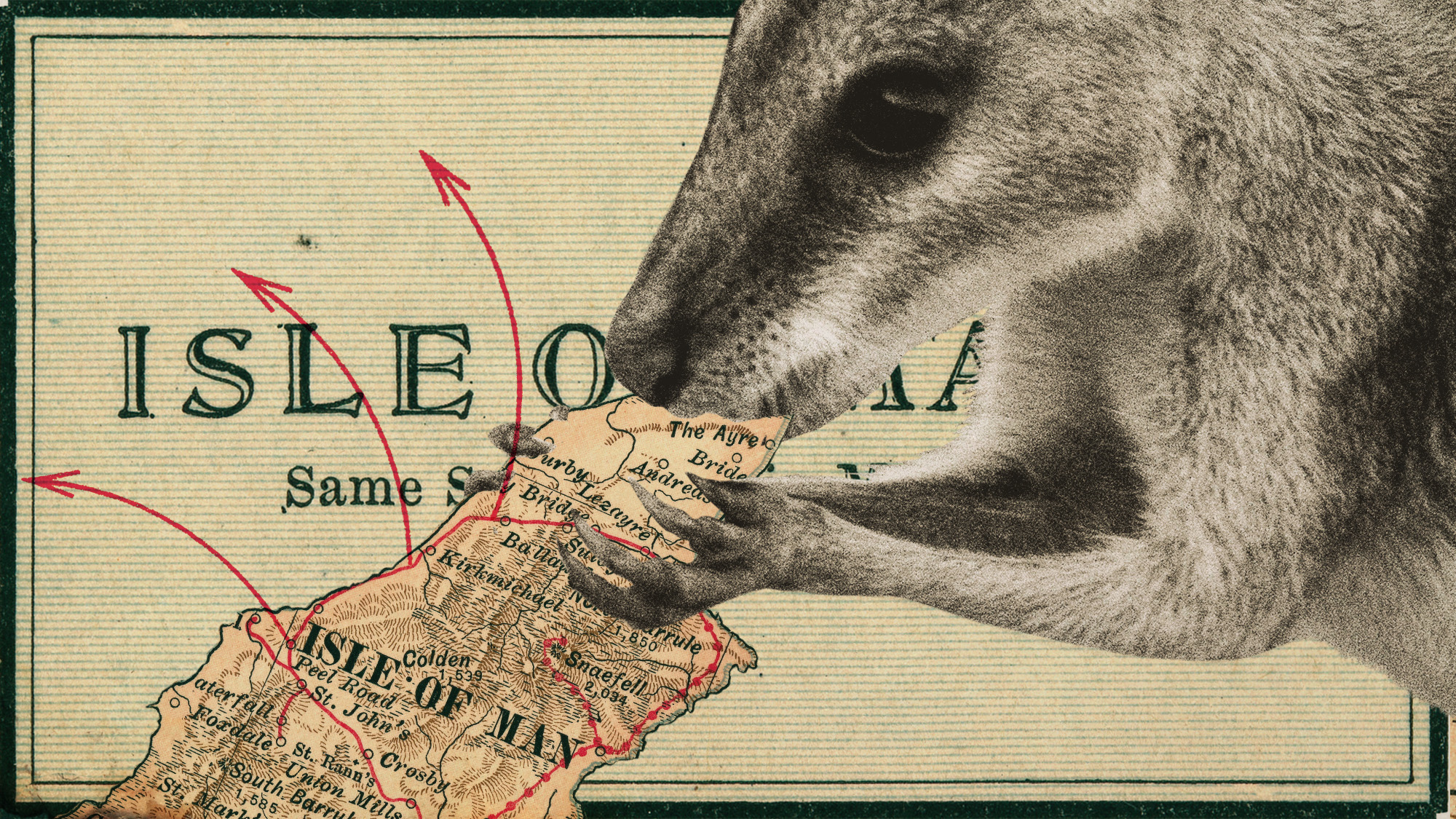 The UK’s surprising ‘wallaby boom’
The UK’s surprising ‘wallaby boom’Under the Radar The Australian marsupial has ‘colonised’ the Isle of Man and is now making regular appearances on the UK mainland
